Description
The Art Of music by Francesco Primaticcio printed on a T-Shirt
About the T-Shirt
Regular fit
Standard length, the fabric easily gives into movement
Casual wear
A classic, everyday option loved by our customers
Side-seamed
Constructed by sewing two parts together, creating a fitted look
The Unisex Staple T-Shirt feels soft and light with just the right amount of stretch. It’s comfortable and flattering for all. We can’t compliment this shirt enough–it’s one of our crowd favorites, and it’s sure to be your next favorite too!
- Solid colors are 100% Airlume combed and ring-spun cotton
- Ash color is 99% combed and ring-spun cotton, 1% polyester
- Heather colors are 52% combed and ring-spun cotton, 48% polyester
- Athletic and Black Heather are 90% combed and ring-spun cotton, 10% polyester
- Heather Prism colors are 99% combed and ring-spun cotton, 1% polyester
- Fabric weight: 4.2 oz./yd.² (142 g/m²)
- Pre-shrunk fabric
- 30 singles
- Side-seamed construction
- Tear-away label
- Shoulder-to-shoulder taping
- Blank product sourced from Nicaragua, Mexico, Honduras, or the US
Francesco Primaticcio (1504-1570)
Francesco Primaticcio was an Italian Mannerist painter, architect and sculptor who spent most of his career in France.
Born in Bologna, he trained under Giulio Romano in Mantua and became a pupil of Innocenzo da Imola, executing decorations at the Palazzo Te before securing a position in the court of Francis I of France in 1532.
Together with Rosso Fiorentino he was one of the leading artists to work at the Chateau Fontainebleau (where he is grouped with the so-called “First School of Fontainebleau”) spending much of his life there. Following Rosso’s death in 1540, Primaticcio took control of the artistic direction at Fontainebleau, furnishing the painters and stuccators of his team, such as Nicolò dell’Abate, with designs. He made cartoons for tapestry-weavers and, like all 16th-century court artists, was called upon to design elaborate ephemeral decorations for masques and fêtes, which survive only in preparatory drawings and, sometimes, engravings. Francis I trusted his eye and sent him back to Italy on buying trips in 1540 and again in 1545.
In Rome, part of Primaticcio’s commission was to take casts of the best Roman sculptures in the papal collections, some of which were cast in bronze to decorate the parterres at Fontainebleau.
Primaticcio retained his position as court painter to Francis’ heirs, Henry II and Francis II. His masterpiece, the Salle d’Hercule at Fontainebleau, occupied him and his team from the 1530s to 1559.
Primaticcio’s crowded Mannerist compositions and his long-legged canon of beauty influenced French art for the rest of the century.
Primaticcio turned to architecture towards the end of his life, his greatest work being the Valois Chapel at the Abbey of Saint-Denis, although this was not completed until after his death and was destroyed in 1719.

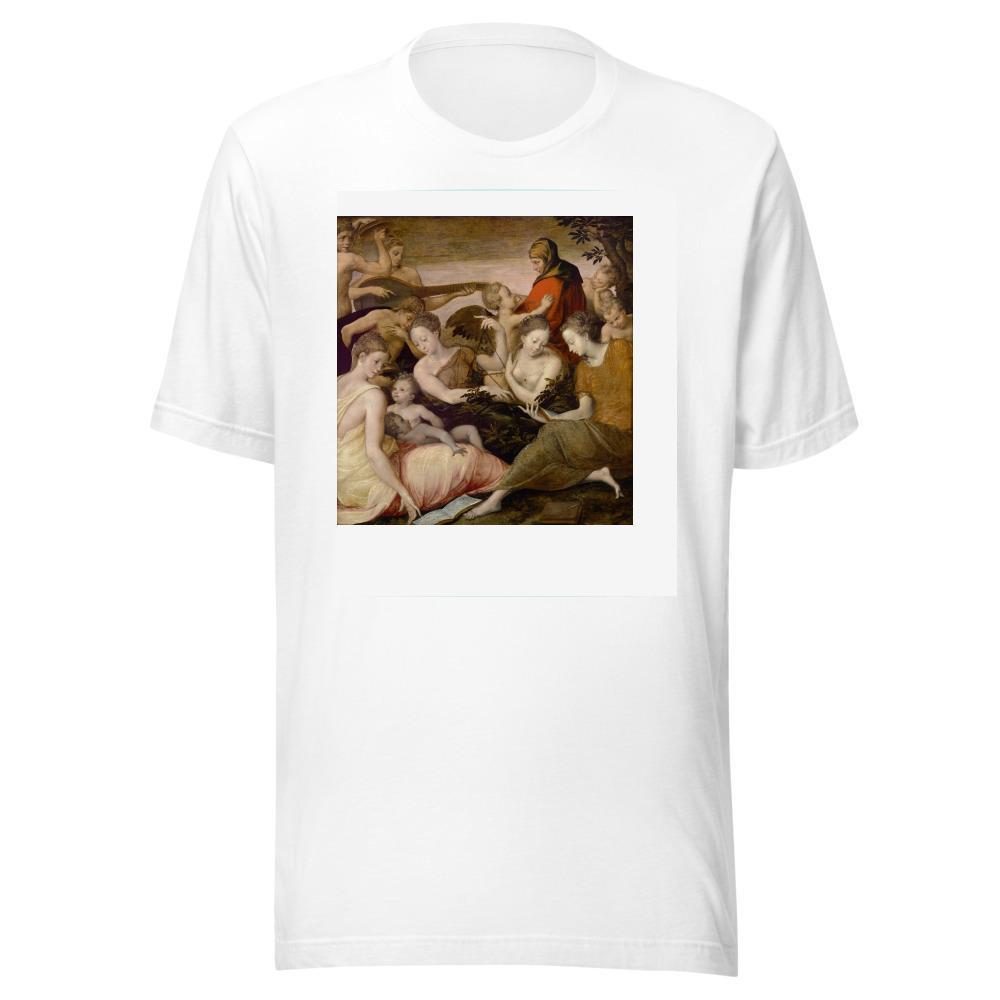
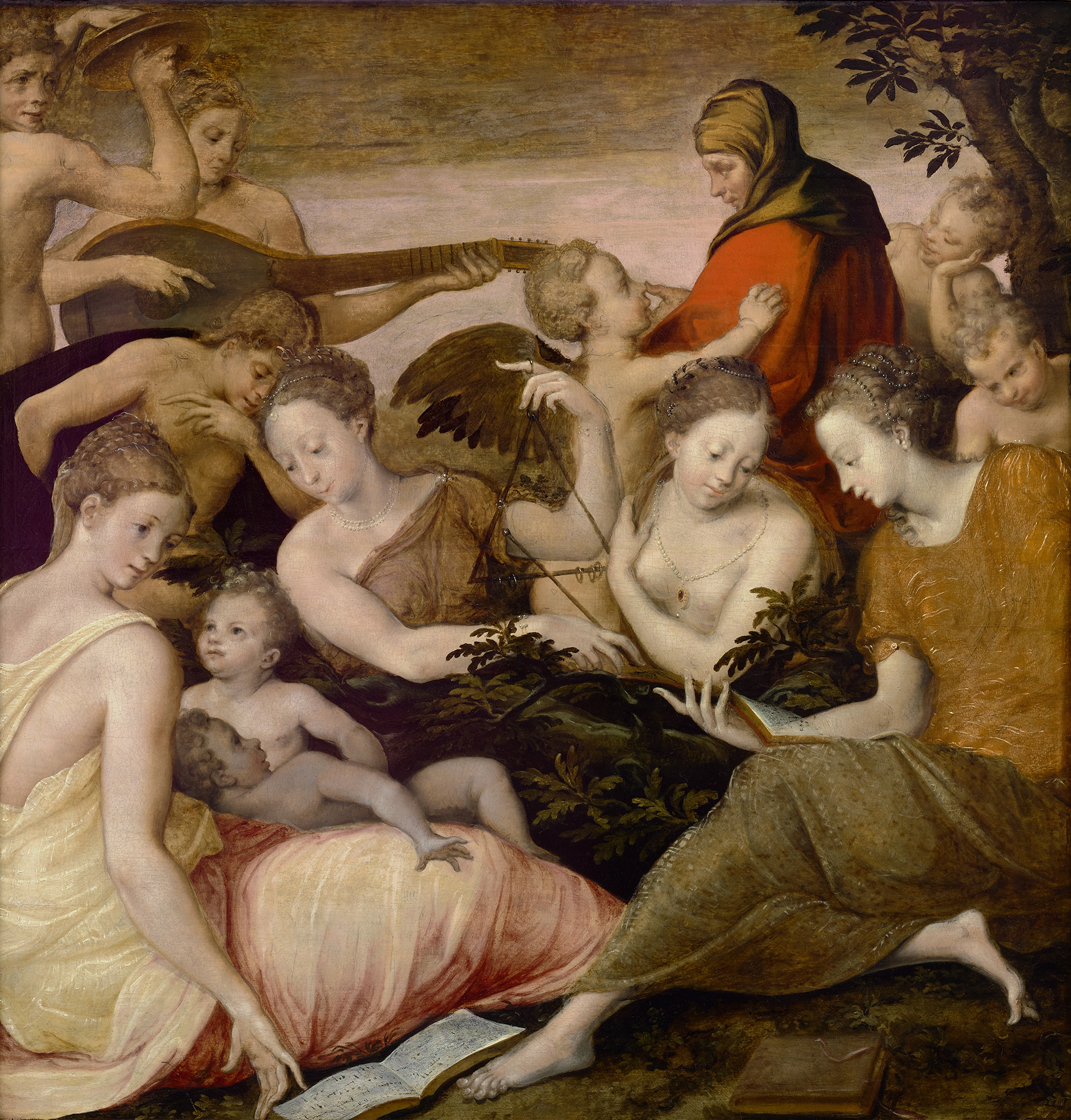
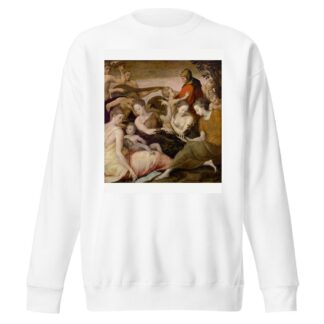
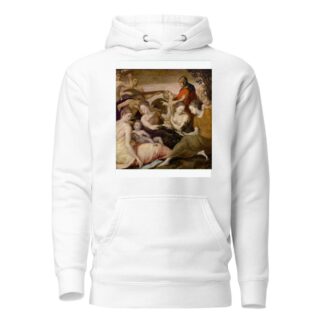
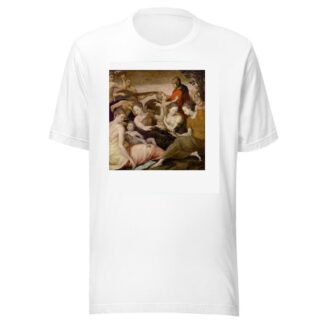
Reviews
There are no reviews yet.